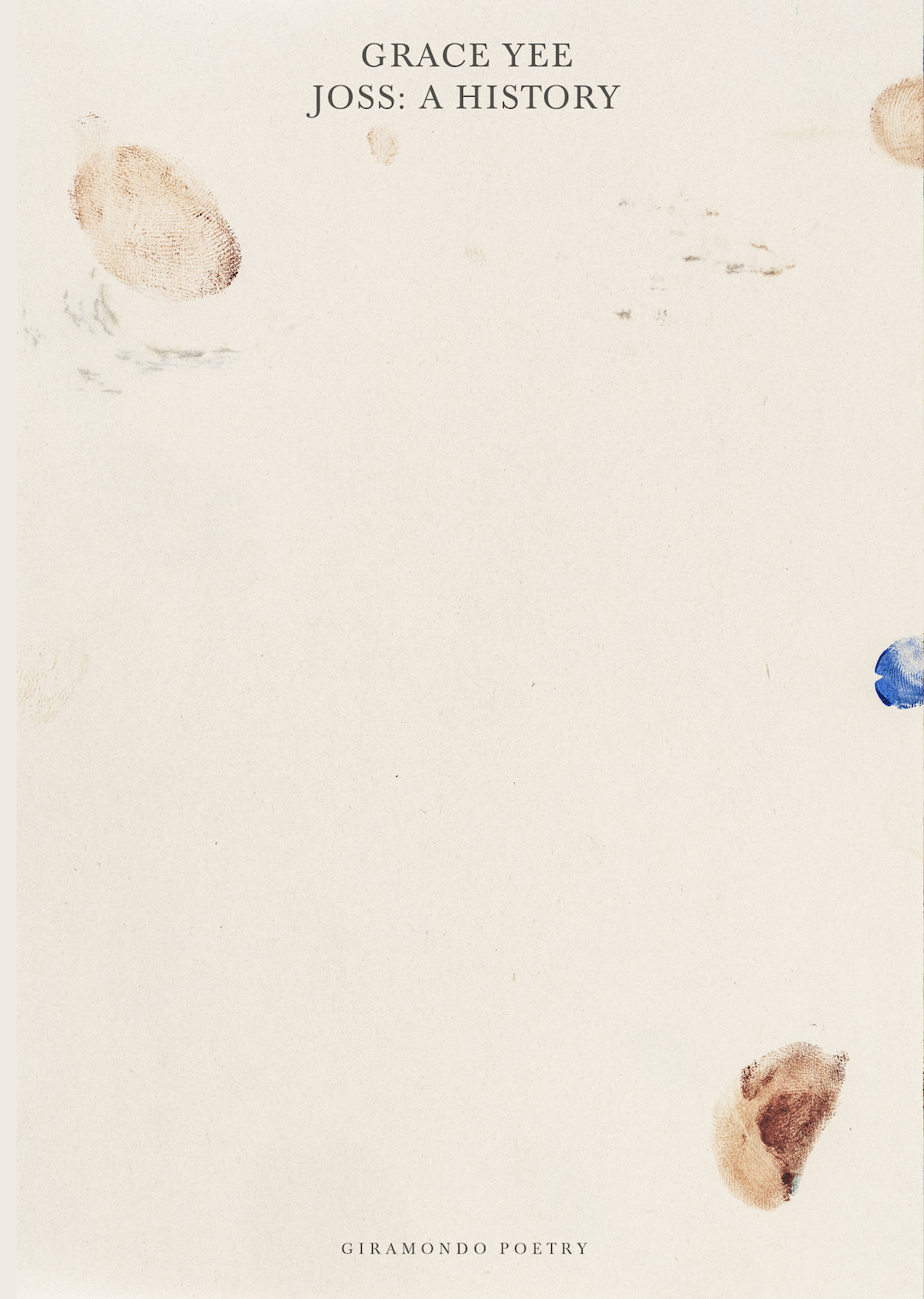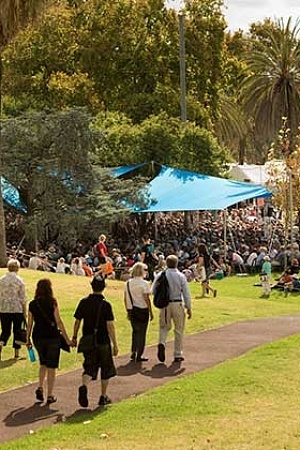History without vexed issues
Twenty-five years ago, an international peacekeeping force entered East Timor, delivered it from Indonesian occupation, and placed it under United Nations administration. Known as the International Force East Timor (InterFET), it had 11,000 troops from twenty-three countries and was commanded by an Australian major general. Everything about these events seemed miraculous. East Timor’s independence had long been regarded as impossible; a top adviser to President Franklin D. Roosevelt observed during World War II that it might eventually achieve self-government, but ‘it would certainly take a thousand years’. Indonesia invaded East Timor in 1975 while the latter was in the process of decolonising from Portugal, annexed it the following year, and declared its rule ‘irreversible’.
Davids don’t usually beat Goliaths. East Timor is less than one-tenth the size of Victoria. It had no land border with a friendly state, no foreign source of weapons, no liberated areas for its fighters to recover, no air force, no navy, no armoured vehicles or artillery to speak of. Indonesia was geopolitically significant, with vast natural resources and a strategic location along the main sea and air lanes between the Indian and Pacific Oceans. It was a founding member of the Non-Aligned Movement, the leading state in the Association of Southeast Asian Nations, and, with the largest Muslim population in the world, an influential member of the Organization of Islamic Cooperation. This vast disparity of power makes East Timor’s victory unique in the history of insurgencies and independence struggles.
How did it win, and what can other self-determination struggles learn from it? Born of Fire and Ash: The Official History of Australian operations in East Timor (2022) and an exhibition of East Timorese women’s textiles currently on display at Melbourne University both shed valuable light on these questions.
Official histories are ‘official’ in the sense that a government gives selected historians access to its internal records, and those historians focus primarily on government decisions and actions. A clearance process excludes only classified information whose disclosure would still cause harm to Australia’s defence, international relations, or national security. The final product conveys the historians’ interpretations and judgements, not the government’s preferred line.
Continue reading for only $10 per month. Subscribe and gain full access to Australian Book Review. Already a subscriber? Sign in. If you need assistance, feel free to contact us.











Leave a comment
If you are an ABR subscriber, you will need to sign in to post a comment.
If you have forgotten your sign in details, or if you receive an error message when trying to submit your comment, please email your comment (and the name of the article to which it relates) to ABR Comments. We will review your comment and, subject to approval, we will post it under your name.
Please note that all comments must be approved by ABR and comply with our Terms & Conditions.